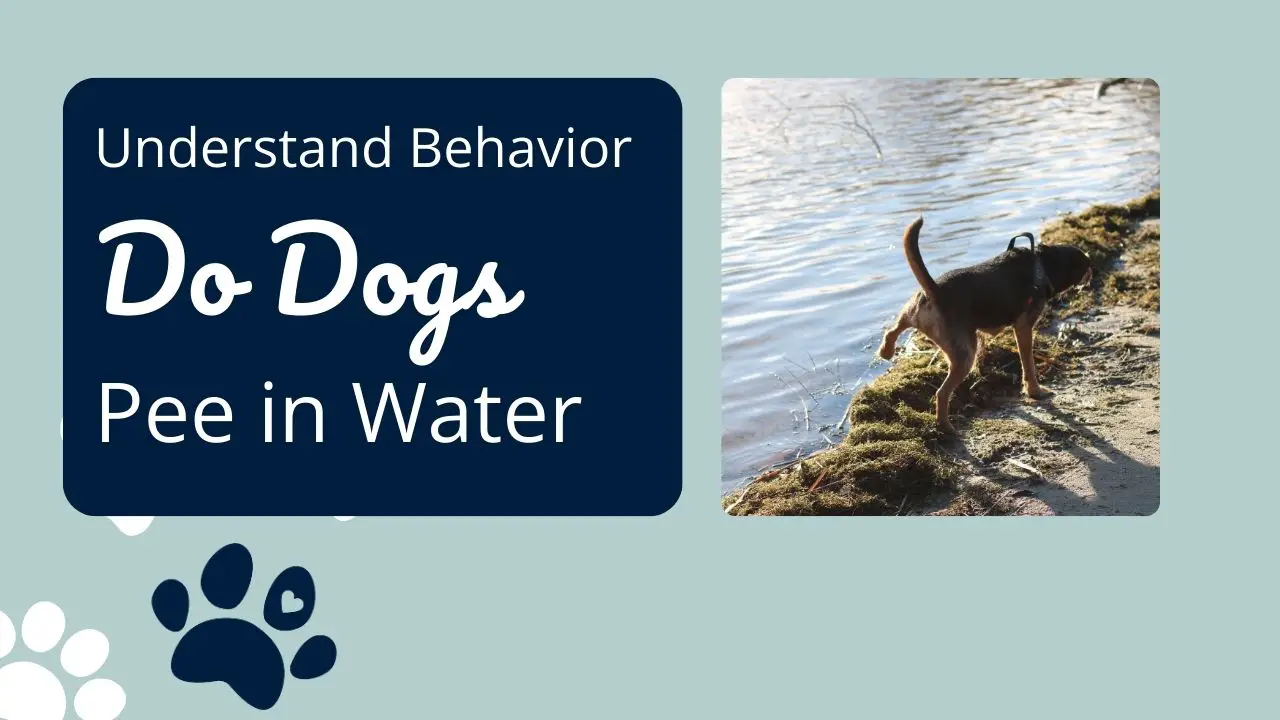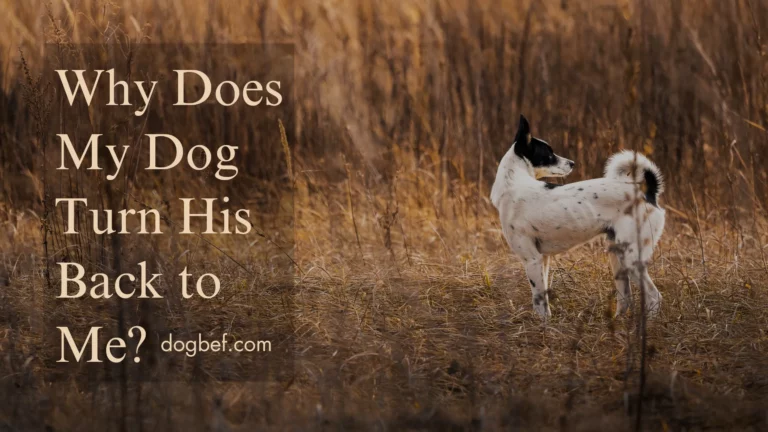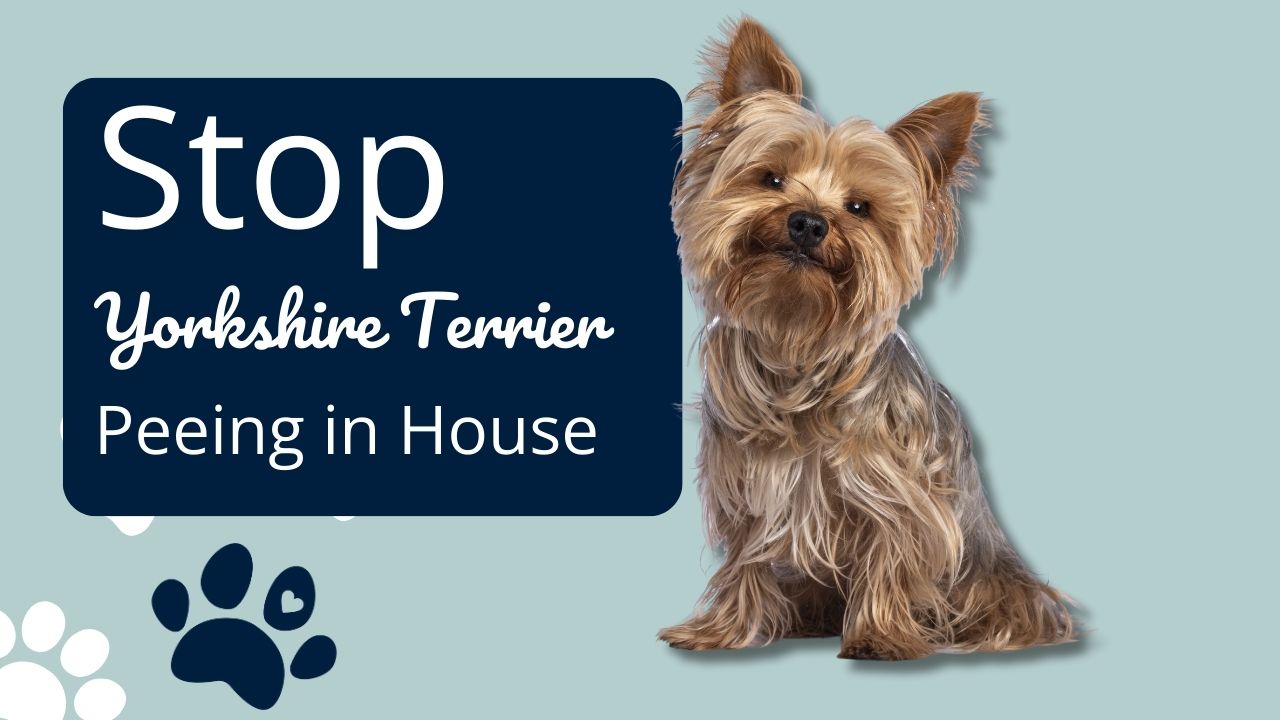Greetings, fellow dog enthusiasts! Today, we’ll be discussing a common behavior in our furry companions – crying or whining when they encounter another dog. This behavior may be perplexing and bothersome for pet owners, but comprehending the underlying reasons behind it is crucial to providing assistance to your dog and creating a peaceful environment for everyone involved.
To start with, let’s examine the significance of this behavior. When your dog cries or whines at the sight of another dog, it is a form of communication. This is how they express their feelings and make you aware of their emotional state. There could be a variety of factors causing this behavior, which we’ll explore shortly.
It’s important to comprehend why your dog cries or whines when they see another dog because it can result in hostile conduct, anxiety, and even physical injury to your pet or others. By identifying the root cause of the behavior, you can take necessary measures to manage it and avoid any detrimental outcomes.
In this article, we’ll delve into the reasons why your dog may cry or whine when they encounter another dog and provide helpful tips and techniques to manage and prevent this behavior. So, let’s get started!
Reasons why your dog may cry when he sees another dog
Now, let’s take a closer look at some of the common reasons why your dog may cry or whine when they see another dog.

Fear or Anxiety
One reason could be fear and anxiety. Dogs are pack animals and can be very protective of their territory and family. When they see another dog, they may feel threatened and become anxious or afraid. This can cause them to cry or whine as a way of communicating their discomfort.
Excitement and frustration
Your dog may also cry or whine due to excitement and frustration. Dogs love interacting with others and if your dog is friendly and eager to play, they may cry or whine to show their enthusiasm. However, excessive crying or whining can be overwhelming to others. Training and socialization can help your dog manage their excitement and prevent negative consequences. Understanding the cause of your dog’s behavior can help manage and prevent it, ensuring a positive social experience.
Socialization issues
Socialization issues can also be a contributing factor. If your dog hasn’t had much exposure to other dogs, they may feel nervous or unsure about how to interact with them. This can lead to crying or whining as they try to communicate their discomfort or confusion.
Medical conditions
Lastly, it’s important to consider any potential medical conditions that may be causing your dog to cry or whine. Pain, discomfort, or illness can all cause behavioral changes, including crying or whining. If you suspect your dog may be experiencing a medical issue, it’s important to consult with your veterinarian.
How to manage your dog’s crying behavior
Now that we’ve explored some of the reasons why your dog may cry or whine when they see another dog, let’s discuss how to manage this behavior. Here are some tips and techniques that can help you manage your dog’s crying behavior:
Desensitization and counterconditioning techniques
One approach to managing your dog’s crying behavior is to gradually expose them to other dogs in a controlled and positive manner. This can be done through desensitization and counterconditioning techniques, which involve slowly introducing your dog to other dogs and rewarding them for calm behavior. This can help your dog feel more comfortable and less anxious around other dogs.
Positive reinforcement training
Positive reinforcement training is a highly effective method for modifying your dog’s behavior. When your dog displays calm behavior around other dogs, reward them with praise or a treat. Over time, your dog will learn that calm behavior is positively reinforced, which can help reduce their crying or whining. By consistently rewarding desirable behavior, your dog will be more likely to repeat it in the future. It’s important to be patient and consistent with this training approach, as it may take time for your dog to learn and adapt.
Socialization and exposure to other dogs
Socialization is a crucial aspect of your dog’s development. By introducing your dog to various people, animals, and environments, you can help them become more confident and less anxious. This can also aid in reducing their crying or whining when they come across other dogs. Socialization can be done through training classes, playdates, or taking your dog for walks in different areas. Gradually exposing your dog to new experiences can help them become more adaptable and less fearful. Remember to always supervise your dog during socialization and ensure that they are comfortable and safe in their environment.
Seeking professional help
If your dog’s crying behavior is severe or persistent, it may be time to seek professional help. A certified dog behaviorist or trainer can help you develop a customized training plan to address your dog’s specific needs.
Tips for preventing your dog from crying when he sees another dog
Prevention is always the best approach when it comes to managing your dog’s behavior. Here are some tips to help prevent your dog from crying or whining when they see another dog:
Obedience training
Obedience training can be crucial for your dog’s development. Teaching them basic commands like “sit,” “stay,” and “come” establishes you as the pack leader, which helps your dog feel more secure and confident. This can also reduce anxiety and prevent crying or whining around other dogs.
Proper exercise and mental stimulation
Keeping your dog active and engaged is essential to their overall well-being and can also help reduce crying or whining around other dogs. Regular exercise and mental stimulation can prevent boredom and anxiety, which are common causes of behavioral issues. Taking your dog for walks, playing games, and providing toys and puzzles are great ways to keep your dog’s mind and body active. Remember, a tired dog is a happy dog!
Using calming aids
Calming aids, such as pheromone diffusers, can help reduce your dog’s anxiety and prevent crying or whining around other dogs. These products emit synthetic versions of natural pheromones that can help your dog feel more relaxed and comfortable in their environment.
Understanding your dog’s body language
Understanding your dog’s body language can prevent crying or whining. When their ears are flat and tails tucked, they may be anxious. By recognizing these signals, you can help your dog feel more comfortable and prevent unwanted behavior.
Conclusion
In conclusion, it’s not uncommon for dogs to cry or whine when they see another dog, but it’s important to understand why this behavior occurs and how to manage it. Here are some key takeaways from this blog:
Dogs may cry or whine when they see another dog due to fear and anxiety, excitement and frustration, socialization issues, or medical conditions.
To manage your dog’s crying behavior, you can use desensitization and counterconditioning techniques, positive reinforcement training, socialization, and exposure to other dogs, or seek professional help.
Preventing crying or whining can be achieved through obedience training, proper exercise, mental stimulation, using calming aids, and understanding your dog’s body language.
Seeking professional help from a certified dog behaviorist or trainer may be necessary if your dog’s crying behavior is severe or persistent.
Remember, every dog is unique, and what works for one dog may not work for another. It’s important to be patient and consistent in your approach to training and behavior modification. With time, effort, and understanding, you can help your dog feel more comfortable and confident around other dogs.
Always prioritize your dog’s health and well-being, and don’t hesitate to seek professional help if necessary. With love and patience, you can build a strong and trusting bond with your furry friend that will last a lifetime.







